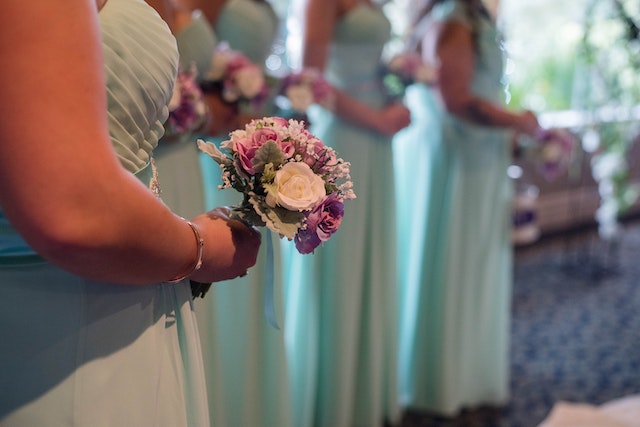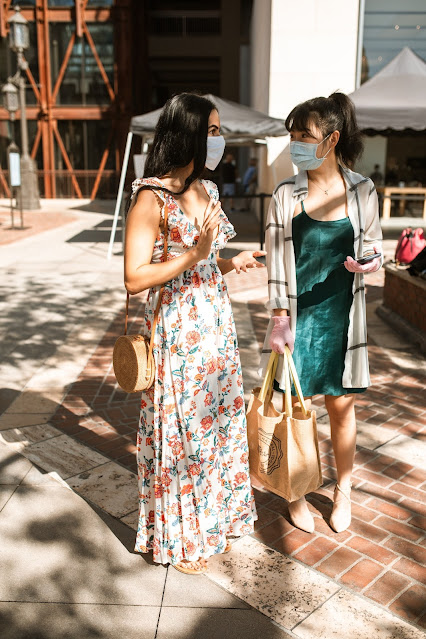HISTORICAL ROLES AND RESPONSIBILITIES OF THE BRIDESMAIDS DRESSES
 |
Bridesmaids
have been a crucial part of wedding celebrations for centuries, and their role
has evolved over time. From warding off evil spirits to serving as a symbol of
social status, the history of bridesmaids dresses is rich and fascinating.
Early Traditions
In ancient
Rome, bridesmaids played an important role in the wedding ceremony. They were
responsible for dressing the bride in her wedding attire and accompanying her
to the ceremony. They were also tasked with fending off evil spirits and
ensuring that the wedding was successful.
Similarly,
in ancient Greece, bridesmaids were responsible for helping the bride get
dressed and accompanying her to the ceremony. They also held torches and
carried offerings to the gods.
During the
Middle Ages, bridesmaids continued to play a significant role in weddings. They
were responsible for arranging the bride's hair and dressing her in her wedding
attire. They also helped to decorate the church and prepare the wedding feast.
Social Status Symbol
During the
Renaissance, bridesmaids began to take on a new role as a symbol of social
status. Wealthy families would select bridesmaids based on their social
standing, and the more bridesmaids a bride had, the more prestigious her
wedding was considered to be.
Bridesmaids'
dresses during this time were often made from expensive fabrics like silk or
velvet, and were adorned with jewels and other embellishments. The dresses were
designed to showcase the wealth and status of the bride and her family.
Victorian Era
During the
Victorian era, bridesmaids' dresses took on a more subdued and conservative
style. Dresses were typically made from plain fabrics like cotton or linen, and
were often designed to match the bride's wedding gown.
Bridesmaids
during this time were responsible for assisting the bride with her wedding
preparations and ensuring that the ceremony went smoothly. They were also
tasked with helping the bride change into her going-away outfit at the end of
the night.
Modern Era
In the 20th
century, bridesmaids' dresses began to take on a more uniform style. The trend
of matching dresses for all bridesmaids became popular, with the idea that the
uniformity would create a cohesive look for the wedding party.
Bridesmaids
during this time were responsible for a wide range of tasks, from helping the
bride with her dress to assisting with the planning and execution of the
wedding. The role of the bridesmaid evolved from a symbolic one to a more
practical and functional one.
Current Trends
Today,
bridesmaids' dresses come in a wide variety of styles, colors, and fabrics.
Many brides opt for mix-and-match bridesmaid dresses, allowing each bridesmaid
to choose a dress that suits her individual style and body type.
Bridesmaids'
dresses today are designed to be more versatile and wearable beyond just the
wedding day. Many designers offer dresses that can be worn again for other
formal events, making them a more practical investment for bridesmaids.
In terms of
responsibilities, modern bridesmaids are still responsible for helping the
bride with her wedding preparations, but their role has expanded to include
tasks like organizing the bridal shower and bachelorette party.
In conclusion,
the history of bridesmaids dresses is a fascinating one, reflecting the
changing social and cultural norms of different time periods. While their role
has evolved over time, one thing remains constant: bridesmaids are an essential
part of the wedding celebration, providing support and assistance to the bride
as she begins her new life with her partner.



Comments
Post a Comment